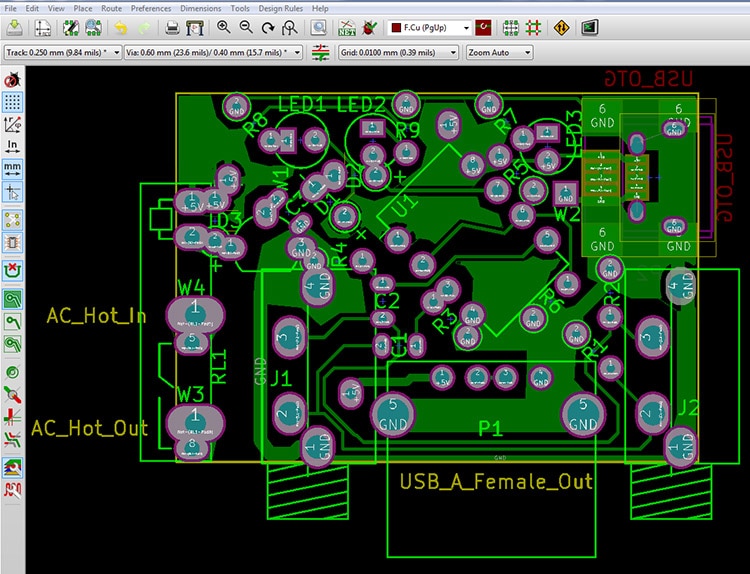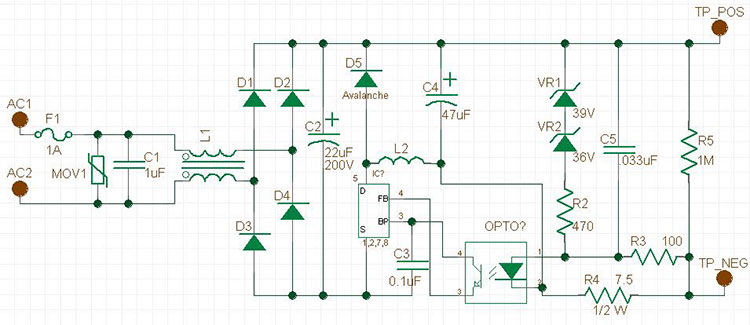Droppin’ Traces: Part 2 on KiCad
A Three-Part Series Sampling EDA Tools (PCB Design Software)
Being a technician and working at DigiKey can be equated to the quintessential “kid in the candy store,” only for geeks. Having almost instant access to millions of electronic parts and an internet full of example circuits and tutorials leaves the door wide open to creating a plethora of circuits.
Free-form soldering a circuit is fun one time to prototype something, but more than once is crazy if you have the means to spin a board. Once tested, being able to repeatedly drop your parts down and solder, knowing the connections are correct, is priceless (in terms of your sanity and time). EDA = Electronic design automation.
The second of three series, some of my experiences with KiCad…
KiCad can be pronounced many ways: key-cad, ky-cad, etc. (I prefer Kick-CAD). I have used KiCAD at home for years: not because it was the easiest to use, but because A) it was free, B) it couldn’t expire, and C) it was (and still is) actively being improved upon. KiCAD is quirky but once you get used to it, I’ve found it to be quite enjoyable to use. Another geeky plus is the ability to follow the developer mailing list and road map to see what is being improved and fixed.
There are many different tutorials for KiCAD, but be sure to aim for one that is using a version that is close to the version you have. I, for one, would encourage using the Contextual Electronics KiCAD tutorials by Chris Gammell should you need a place to start.
I wanted to make a circuit to turn on/off AC power with an audio signal for my self-powered speakers that draw far too much when switched ‘off’. Yes, I know many say not to use op-amps as comparators, but in this case I’ve tried a number of them with the same pinout, and for some reason this dirt cheap op-amp performs better
The schematic (USB symbols not shown):

Layout with footprints for both Micro-USB and Mini-USB for 5 V in and a Type A for USB power cord out; to charge the phone:

It mostly works, but I’m still testing this as it is a bit buggy. I learned a valuable lesson about leakage current when choosing diodes.
For anyone who has yet to learn to create PCBs (i.e. use EDA tools), there has never been a time like the present. You can learn, design, and order quality PCBs, even in small batches, for a fraction of the price of days’ past. Jump in, start simple, leave plenty of space at first, and have some good clean geeky fun.
For those who have used different EDA tools, I hope this glimpse into KiCad (and Part 1 on easyEDA.com) was at least entertaining, if not encouraging, should you wish to try something different.
In Part 3, the last in the series, I’ll give a taste of my experience with PADS Maker/MakerPro.

Have questions or comments? Continue the conversation on TechForum, Digi-Key's online community and technical resource.
Visit TechForum






